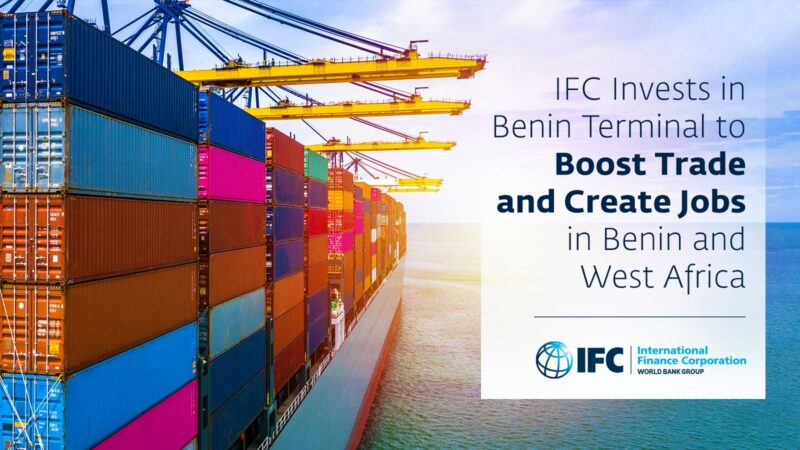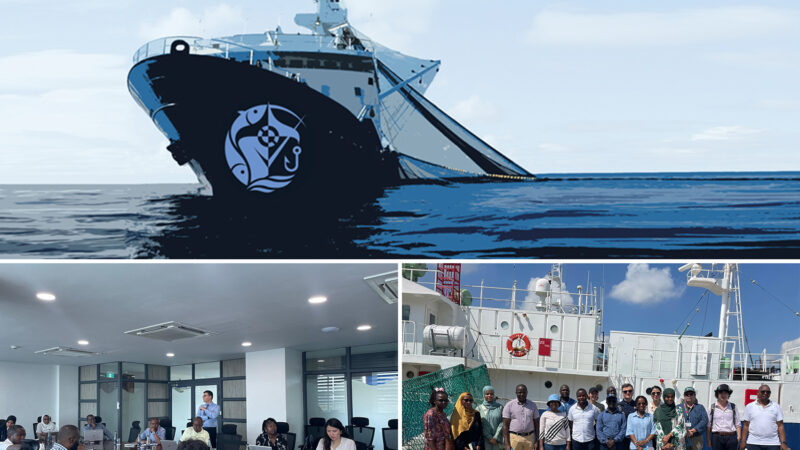The Hidden Lifelines – Subsea Cables, Maritime Security, and Cybersecurity Under Global Scrutiny (a reflection)

Every time we send an email, browse social media, or join a video call, we’re relying on a vast, hidden infrastructure beneath the oceans—subsea telecommunications cables. These critical cables, stretching thousands of kilometers across the seafloor, carry over 97% of international internet traffic, acting as the digital world’s lifelines. But as the global economy becomes more interconnected, these cables are increasingly vulnerable to threats.
Recently, both Europe and the United States have ramped up efforts to protect subsea cables from both physical and cyber threats. The European Union (EU) has implemented the NIS2 Directive[1] and theMaritime Security Strategy[2], placing subsea cables at the heart of their critical infrastructure protection. In the U.S., agencies like the Department of Homeland Security (DHS) and the Federal Communications Commission (FCC) are increasing measures for cyber and physical defence, especially after recent cases of damage and espionage involving these vital systems.
However, the dangers to these vital networks are growing. In August 2023, a major incident occurred off the coast of Cameroon, severely damaging the West Africa Cable System (WACS) and South Atlantic 3 (SAT3) cables. This caused widespread internet outages across Cameroon, Gabon, Congo-Brazzaville, and the Democratic Republic of Congo. The disruption, reportedly caused by a rockfall, took several weeks to repair, illustrating the fragility of these essential links and their vulnerability to both natural disasters and potential sabotage.
This incident follows a series of threats to submarine cables, ranging from attempts to sabotage Arctic submarine cables (2019), to cyberattacks on landing stations (2021) in the US and Europe, to physical sabotage in contested regions such as the South China Sea. The 2022 incident, which involved the mysterious cutting of two cables near the Shetland Islands, is another clear example of how even apparently remote cables can become targets. With these events in mind, the need for comprehensive protection strategies is more critical than ever.
Maritime security information-sharing platforms are crucial in mitigating the risks posed to subsea cables. Systems such as YARIS, IORIS and SEAVISION traditionally employed to combat illegal activities like illegal fishing, piracy, and drug trafficking, can be adapted (if they aren’t already!) to monitor and protect critical submarine cables. By utilizing AIS satellite technology, these platforms can track vessel movements in real-time across open waters, enabling authorities to swiftly detect unauthorized vessels near sensitive cable routes. Continuous surveillance helps identify suspicious behaviors, such as vessels lingering near critical subsea cables, which could signal potential threats. This proactive approach enhances the security of these critical infrastructures, ensuring that authorities can intervene before any damage occurs.
Along coastlines, the combination of AIS and RADAR provides an even more detailed picture of maritime activity. By monitoring both the surface and the surrounding airspace, authorities can detect potential risks at key points like landing stations, where cables transition from sea to land. This area is particularly vulnerable to both physical attacks and espionage, as it’s often the point where data can be intercepted if security measures are weak.
Beyond monitoring, artificial intelligence (AI) adds a powerful layer of protection. AI algorithms can process vast amounts of data from AIS and RADAR systems to detect patterns of behavior associated with illegal or threatening activity. For instance, if a vessel is found operating outside of its normal shipping route or its movements suggest surveillance or espionage, the system can trigger an alert, allowing security forces to investigate immediately.
In addition to real-time monitoring, AI-based fencing technology can create virtual ‘geo-fences’ around the most vulnerable areas. If any unauthorized vessel crosses these restricted zones, the system sends an alert to the authorities, acting as a proactive approach that enables early detection of potential threats before they can cause damage. By integrating machine learning, these systems can even learn from preceding incidents, improving their ability to predict and classify future risks, such as espionage, sabotage, or even natural disasters.
On the other hand, one of the most interesting advances in submarine cable technology is the development of so-called SMART (Sensor Monitoring And Reliable Telecommunications) Cables. These cables do more than just transmit data; they are also equipped with sensors that actively monitor the environment around them. This type of equipment can detect things like seismic activity, tsunamis, ocean bottom pressure, ship movements or even temperature changes, which allows them to send data in real time to the authorities on land. This technology acts as an early warning system, alerting authorities to potential threats, whether it’s an impending natural disaster or a suspicious ship or other (submersible) equipment in the vicinity that could pose a risk of sabotage.
Currently, the world’s first SMART cable system, called TAMTAM, is being deployed between Vanuatu and New Caledonia in the Pacific Ocean. This region is particularly vulnerable to tectonic activity, making it an ideal location for the deployment of these advanced cables. Additionally, projects are also underway in regions such as Portugal, where a SMART cable is set to connect the mainland to the Azores and Madeira.
By integrating this SMART Cable technology with existing Maritime Security Platforms, the global security network becomes much more powerful. These platforms already track the movements of vessels using AIS, satellite and RADAR tools, but combining this layered information with the real-time data from smart cables provides a much clearer picture of what is happening underwater, on the surface and possibly in the airspace.
Through a combination of cybersecurity protections, real-time data sharing, and AI-powered threat detection, maritime security platforms offer a promising solution to the escalating risks facing subsea cables. These measures can help prevent both accidental and malicious damage, ensuring that the global network remains secure.
Ultimately, the protection of subsea cables is a challenge that demands a concerted global effort. No single nation can effectively safeguard its own waters in isolation, as the scope and importance of this infrastructure extend far beyond national borders. To ensure the security of these vital connections, countries must actively collaborate and coordinate across regions. While frameworks like the United Nations Convention on the Law of the Sea (UNCLOS)[3] – adopted in 1982 – provide an essential foundation for the protection of subsea infrastructure, they are no longer sufficient in addressing the complex and evolving threats of the modern era, particularly those related to cybersecurity and physical sabotage.
In today’s world, where cyber and physical threats are more sophisticated, modern agreements and updated strategies are urgently required to tackle the specific challenges posed by the 21st century. This is especially crucial as more cables are being laid in geopolitically strategic areas, such as the Arctic and the South China Sea, where tensions and vulnerabilities are higher. Therefore, ensuring the continued security of the global digital network will depend on robust international cooperation, coordinated efforts among governments, and comprehensive approaches that blend advanced technology with effective policy frameworks. The security of these digital lifelines is not just a matter of national interest but a collective global responsibility.
Sources:
– European Union Agency for Cybersecurity (ENISA) Report on Subsea Cables
– NIS2 Directive and EU Maritime Security Strategy
– United Nations Convention on the Law of the Sea (UNCLOS)
– Recent Incidents Involving Subsea Cables in Shetland and Faroe Islands (ENISA)
– https://www.smartcables.org|
[1] https://eur-lex.europa.eu/eli/dir/2022/2555
[3] https://www.imo.org/en/ourwork/legal/pages/unitednationsconventiononthelawofthesea.aspx and https://eur-lex.europa.eu/EN/legal-content/summary/united-nations-convention-on-the-law-of-the-sea.html





